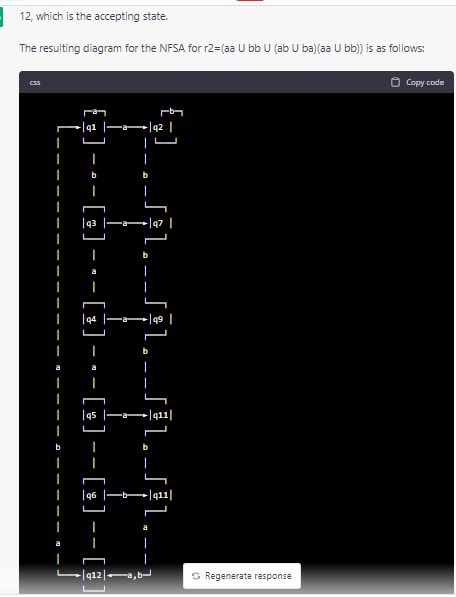Answered step by step
Verified Expert Solution
Question
1 Approved Answer
I AM REQUESTING , PLEASE DRAW DIAGRAMS ON PAPER I want handwritten diagrams I need help in this question. Please do it neat and clean
I AM REQUESTING , PLEASE DRAW DIAGRAMS ON PAPER
I want handwritten diagrams
I need help in this question. Please do it neat and clean on paper. Please do it 100% correctly - I have posted solution below which i find out but i want to draw diagrams and everything on paper. Please draw it on paper Dear i need to solve on paper THIS IS QUESTION

This is solution which i have already, i posted for your help: PLEASE MUST SOLVE ON paper especially the diagrams, I do not know how to draw them




Step by Step Solution
There are 3 Steps involved in it
Step: 1

Get Instant Access to Expert-Tailored Solutions
See step-by-step solutions with expert insights and AI powered tools for academic success
Step: 2

Step: 3

Ace Your Homework with AI
Get the answers you need in no time with our AI-driven, step-by-step assistance
Get Started


